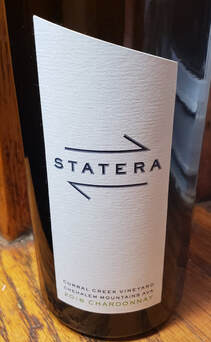
Chardonnay may seem a little out of place on a website called "surprising wines." It might seem more appropriate on a site called "ubiquitous wines." Chardonnay is everywhere. Cheap bottles and blends for under $10 a bottle abound, as do well crafted high end wines. It would be easy to find a Chardonnay that cost more than my last car.
What makes this wine interesting is both the location, Oregon, and the approach used making it. It is a natural wine that recalls different versions of classic Chardonnay without being identical to them.
Many people will be able to identify this wine with a sniff. It screams Chardonnay. After so many years of smelling and tasting various Chardonnay I have lost the ability to describe this "scream" but I know what it isn't here--overwhelming oak and over done malolactic fermentation (which gives that buttery taste).
This Statera, 2016, Corral Creek Vineyard Chelahem Chardonnay, is a pure expression of Chardonnay with orchard fruit, a bit of peach and bit of pear overlaid with a strong acidity. Maybe some honeydew melon. One adjective
that kept creeping into my head while drinking this was "spectacular." This was one of those times where it was hard to not just enjoy the wine and dispense with description and comparison.
When you think of unoaked chardonnay you may think of moderately priced Chablis and other Chardonnay that can be stark and citrusy. You might describe this as having citrus and starkness but the wine also has body and depth. None of this wine's characteristics overwhelm the others.
This wine was created, crafted with a clear philosophy. First off one ofthe winemakers, Luke Wylde, views oak as an additive. No oak at all here but still a wine with complexity. This is a wine that we hang the natural wine tag on but it is as much a throwback to winemakers who wanted wines to be a product of terroir. Terroir refers to the unique combination of weather, climate, soil, elevation etc in the area where the grapes grow.
Oregan is, more and more, being seen as a Chardonnay region and one that produces a distinctive version of the wine. It isn't Northern California Chardonnay nor is it Burgundy. It is a different iteration. Wylde and Meredith Bell are the brains behind this wine. They partly funded this project with a Kickstarter. This enabled them to hold their bottles for a year before release to the public. Often smaller producers are forced, for financial reasons, to release wine right away. The fundraiser allowed them to hold not just the first bottling but subsequent bottlings for that crucial year.
Find out more about Statera Cellars HERE.
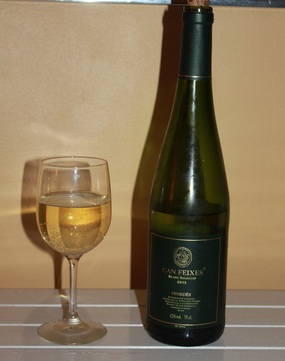
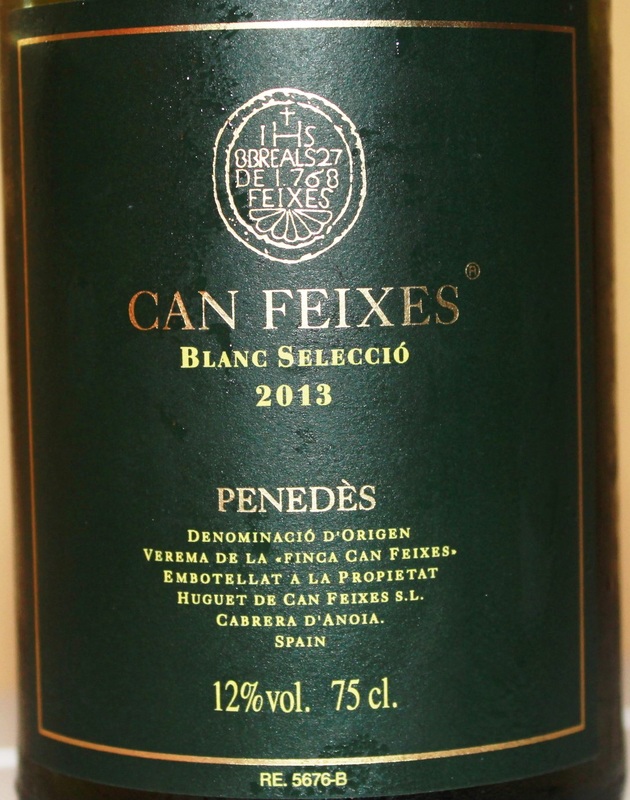
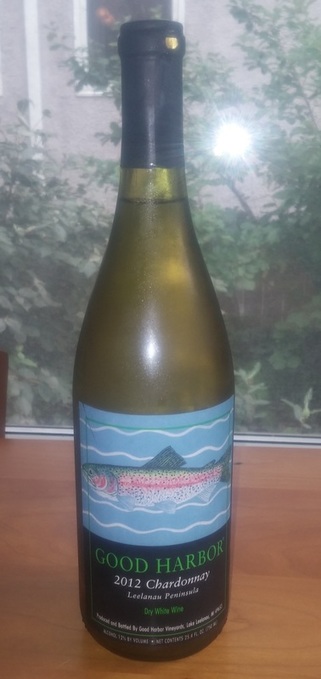
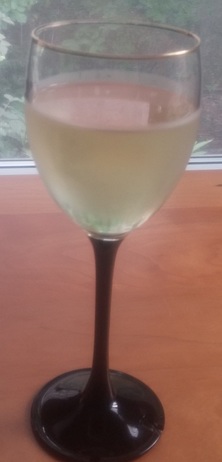
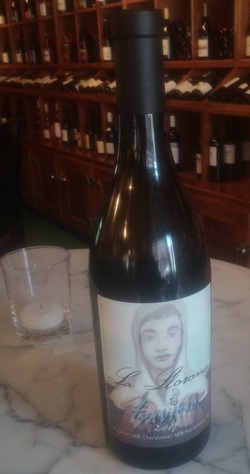

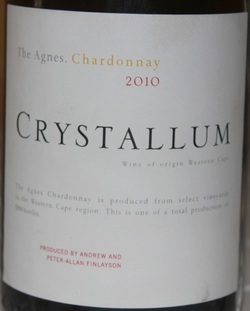
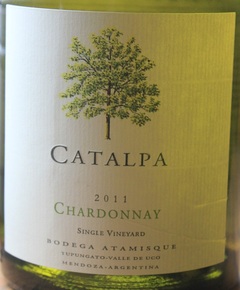
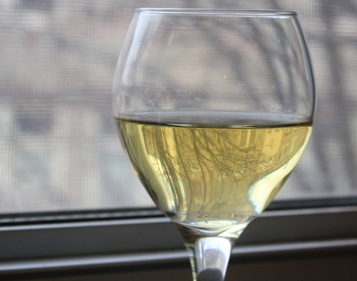

 RSS Feed
RSS Feed